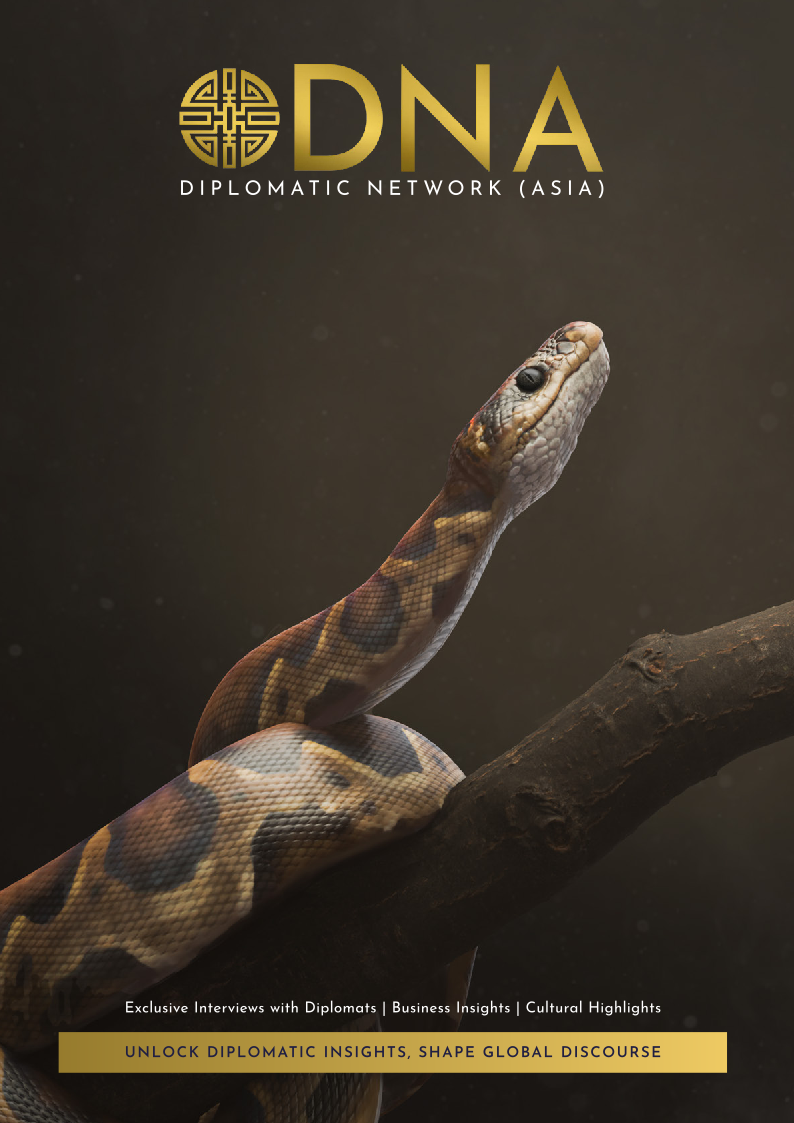PATA’s members include the tourism boards of Indonesia, Cambodia, Korea, the Philippines, Singapore and Malaysia. Image: Dikaseva / Unsplash.
Two of Asia-Pacific’s heavy hitters within the tourism industry, Pacific Asia Travel Association and Pacific Tourism Organisation, last week Monday agreed to expand their relationship to drive travel and tourism in the region.
PATA is a non-profit membership-based association which aims to develop the tourism industry in the Asia-Pacific region.
Bangkok-based PATA Chief of Staff Paul Pruangkarn told Diplomatic Network Asia that the memorandum of understanding will focus on market access for both organisations.
“PATA’s network is extensive, covering Asia-Pacific and beyond. In addition, PATA is able to leverage the grassroots networks of our PATA Chapters,” Pruangkarn said.
PATA’s members include companies in the aviation and hospitality industries as well as government tourism agencies across the world. PATA Chapters are local community organisations of travel industry professionals which are aligned with PATA’s framework.
“On the other hand, SPTO’s network is particularly strong in the pacific and in the west. Therefore, the MoU allows us to cross-fertilize each other’s networks with interested travel & tourism stakeholders.”
SPTO is a tourism organisation mandated by 21 governments in the Pacific to drive sustainable tourism development in the region. In addition to government members, SPTO also has around 200 private sector members.
“In particular, we have discussed helping each other identify, invite and engage with buyers who are interested in selling pacific destinations to target markets (for SPTO), or for pacific members who are sellers interested in targeting the APAC outbound market (for PATA),” he said.
Between our two organisations, there is a wealth of diverse membership and wider stakeholders, SPTO Chief Executive Christopher Cocker said in a joint statement with PATA last week.
“We recognize this partnership as an opportunity to bring our stakeholders and resources together to revitalize our progress towards the sustainable growth of travel and tourism in Asia and the Pacific,” Cocker said.
The partnership comes as the industry faces many challenges, especially as the world’s waters calm after the COVID-19 storm which ravaged the global tourism industry.
The biggest challenge for many organisations, associations and businesses right now is limited resources such as time, attention and manpower, Pruangkarn said, and this agreement will help to address those challenges.
“The MoU is designed for increased engagement via innovative events, membership and communication, thus feeding the PATA-SPTO relationship with time and attention, and allowing members of both associations to benefit from the outcome of such engagement,” Pruangkarn said.
For example, there is an upcoming PATA webinar, supported by SPTO, that will focus on sustainability in the Pacific. “This webinar would not be organised so quickly without the support of SPTO,” Pruangkarn said.
“Equal partnerships and creating win-win situations are the best support for organisations in the post-COVID-19 landscape. It is important to identify partners that align with your mission, values, and business goals and can bring value to the partnership,” Pruangkarn said.
Many travel events this year are set to return in full force as COVID-19 restrictions are fully lifted around the world.
Outside of the agreement, it is worth noting that the PATA Annual Summit & Adventure Mart will be held in Pokhara, Nepal in late May.







